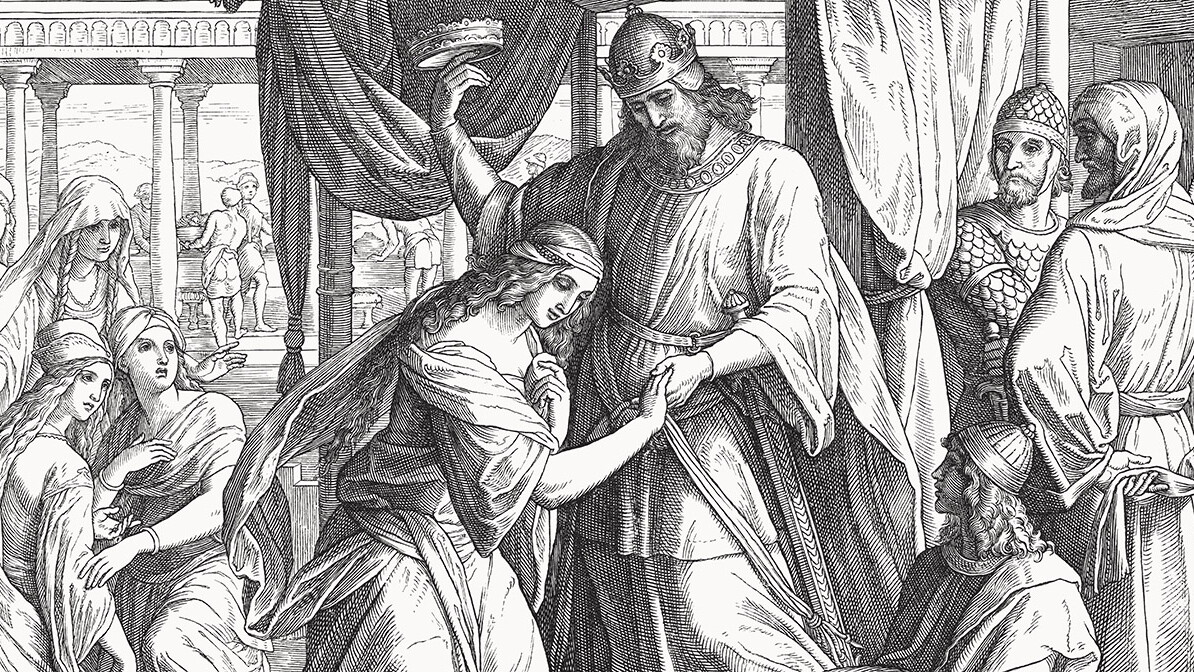Related Articles
Generosity Isn’t Just for Christmas
We love the joy and sparkle of giving during the holidays—but what if that spirit didn’t fade with…
Celebrate New Year’s Eve with Worship: Step into 2026 with Hope and Expectation
As the calendar turns and a new year approaches, many of us pause to reflect on the past 12…
A Cup of Christmas: How to Create the Christmas You Want
If you’ve ever wondered how to slow down at Christmas when life feels anything but quiet, you’re…
Navigating Family Dynamics During the Holidays
“Navigating Family Dynamics During the Holidays” explores the real tensions, unexpected joys, and…
Next Steps To Strengthen Your Walk
Inspiration Today Newsletter
Supercharge your faith and ignite your spirit. Find hope in God’s word. Receive your Inspiration Today newsletter now!
Christian Articles
Find articles to strengthen your walk and grow your faith. We have a wide range of topics and authors for you.
Submit A Prayer Request
We are here for you. Simply click on the button below to reach us by form, email or phone. Together we will lift our hearts and voices with you in prayer.






